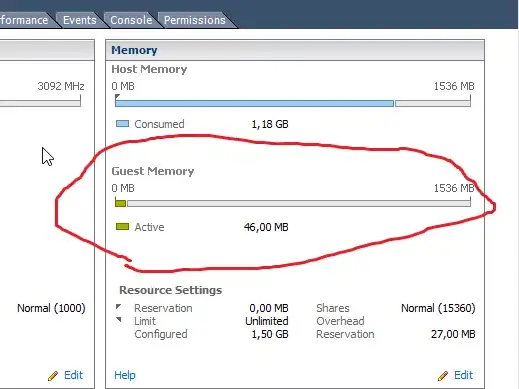Use beep.
Assuming you have an internal speaker installed (often a small piezoelectric device), this will emit a beep on said speaker. If you are unsure whether there is a speaker inside the box in question, perhaps you can try with a different machine of the same type with known location.
You can keep it running in a loop while you wander through the house. Or you can encode your house-internal phone number into the melody somehow and wait for some colleague to call, asking you to please end that annoying noise next to their office.
Make sure you are executing beep as root, so that it uses the ioctl mechanism. Unless the binary is installed suid root on your system and your user is allowed to access it. Just emitting \a to your tty (which is the fallback in case of insufficient privileges) likely won't be enough since it will just reflect to your remote terminal emulator. Depending on your configuration, you also might have to load the pcspkr kernel module to make this work.
According to https://pkgs.org/download/beep, beep should be available as a package for CentOS, so just try yum install beep. Hope it's not modified in some way to make it not use the ioctl approach. This was a problem on Gentoo for some time.
Matt's answer mentioned beep (unclear whether the command or the concept) in passing, as did some comments, but I think this should be an answer in its own respect. Chances are you'll hear beeps through closed doors while checking led patterns may require opening the room and waiting in front of each machine to distinguish deliberate patterns from random noise.
